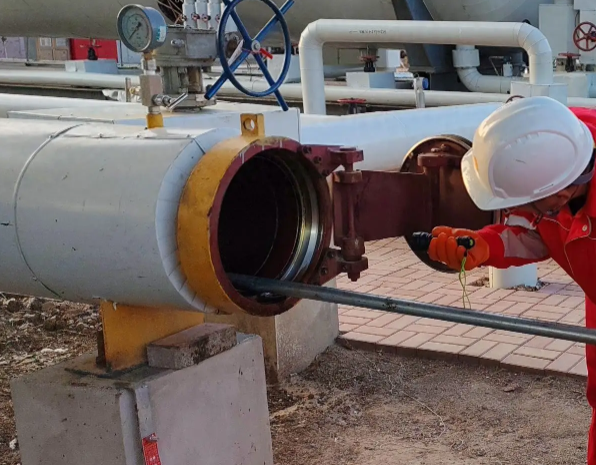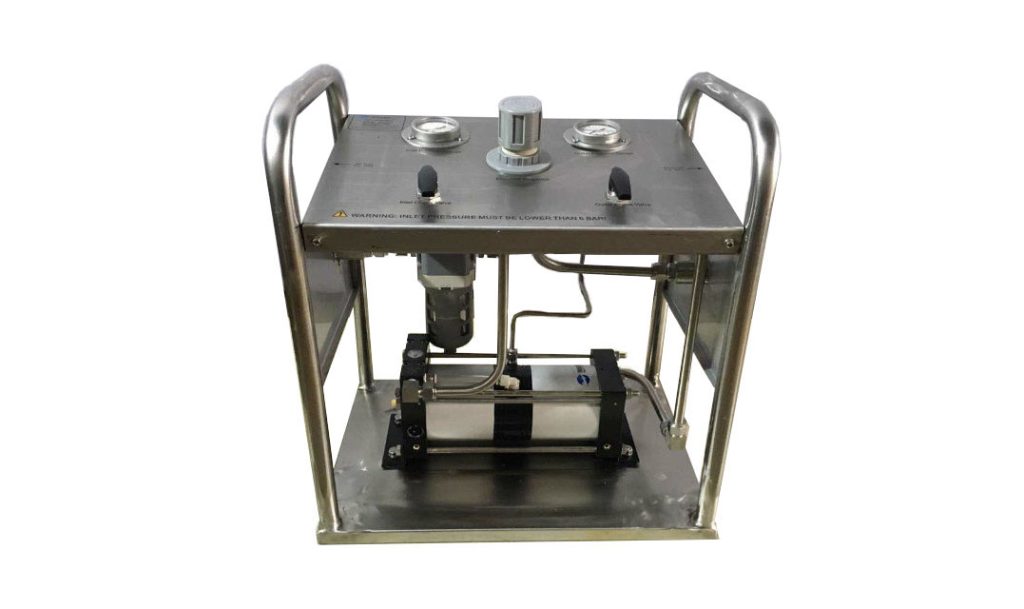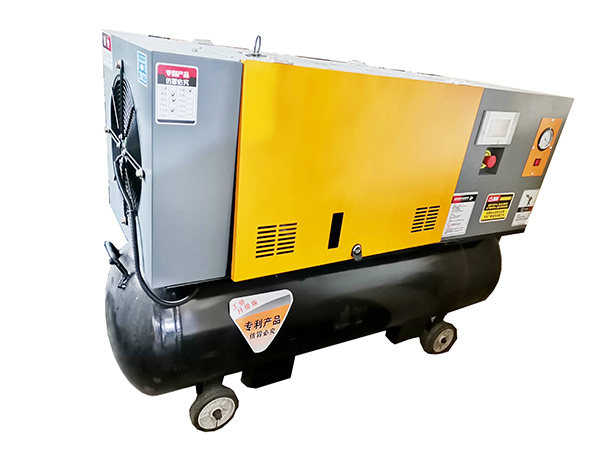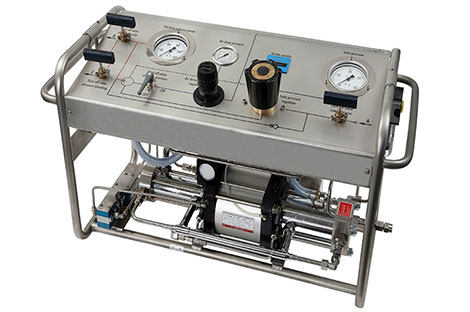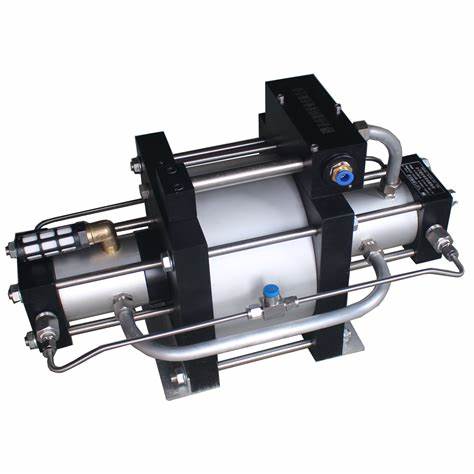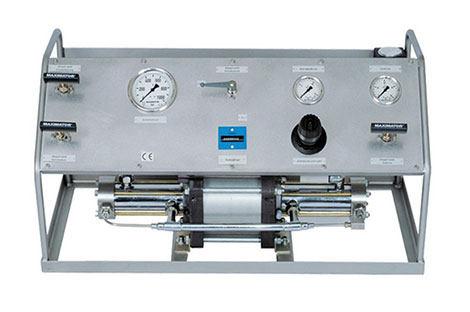Differences Between Oxygen Boosters and Nitrogen Boosters
Gas boosters are used in many industrial and commercial applications to increase the pressure of gases such as oxygen and nitrogen. However, not all boosters are created equal, and the type of gas being boosted is an important factor to consider when selecting the right booster for a specific application. In this article, we’ll discuss the differences between oxygen boosters and nitrogen boosters, and how to choose the right type of booster for optimal performance and safety.
Oxygen Boosters:
Oxygen is a colorless, odorless gas that is used in many different applications, including medical equipment, welding, and cutting. In these applications, high-pressure oxygen is often needed, and an oxygen gas booster can be used to increase the pressure of the gas. O₂ boosters typically have seals and materials that are compatible with oxygen, as oxygen can react with certain materials and cause safety hazards.

How O₂ Boosters Work:
Oxygen boosters work by compressing oxygen gas through a series of stages. The first stage compresses the gas to an intermediate pressure, and the subsequent stages increase the pressure even further. Typically, an O₂ booster will have three to five stages, each with its own cylinder and piston. The pistons are connected by a common crankshaft, which ensures that they move in a synchronized manner.
Benefits of Using an O₂ Booster:
The main benefit of using an O₂ booster is that it can generate high-pressure oxygen gas, which is often necessary for many industrial and medical applications. O₂ boosters are also very efficient, as they can generate high pressures with relatively low power input. Additionally, O₂ boosters can be used in a variety of environments, including hazardous locations, as long as they are properly designed and installed.
Safety Considerations when Using an O₂ Booster:
While O₂ boosters are generally safe to use, there are some safety considerations that must be taken into account. One of the biggest safety risks associated with using an O₂ booster is the potential for fire or explosion. Oxygen can react with certain materials, such as oil and grease, and can ignite if exposed to sparks or flames. Therefore, it’s important to use O₂ boosters that are designed with safety features, such as spark-resistant components and pressure relief valves.
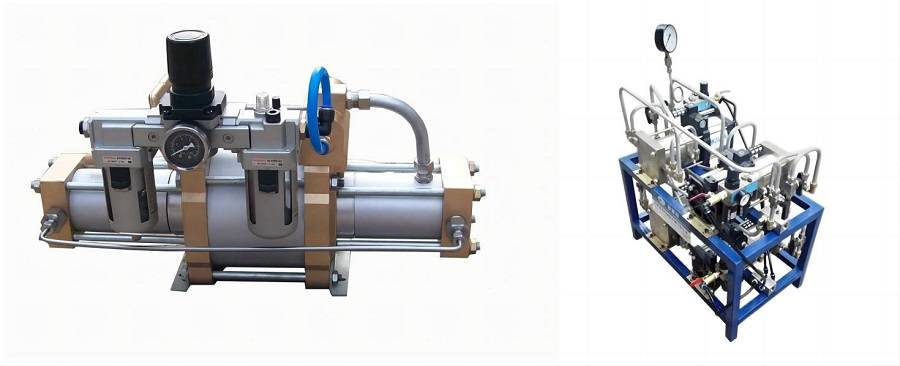
Nitrogen Boosters:
Nitrogen is an inert gas that is commonly used in a variety of industrial applications, such as food and beverage production, chemical processing, and electronics manufacturing. N₂ boosters are used to generate high-pressure nitrogen gas for these applications. Unlike O₂ boosters, N₂ boosters do not need to be made from materials that are compatible with the gas, as nitrogen is an inert gas that does not react with most materials.
How N₂Boosters Work:
N₂ boosters work in a similar way to O₂ boosters, but they are designed to compress nitrogen gas instead of oxygen. N₂ boosters typically have two to four stages, each with its own cylinder and piston. The first stage compresses the gas to an intermediate pressure, and the subsequent stages increase the pressure even further. The pistons are connected by a common crankshaft, which ensures that they move in a synchronized manner.
Benefits of Using an N₂ Booster:
The main benefit of using an N₂ booster is that it can generate high-pressure nitrogen gas, which is often necessary for many industrial applications. N₂ boosters are also very efficient, as they can generate high pressures with relatively low power input. Additionally, N₂ boosters can be used in a variety of environments, as nitrogen is an inert gas that does not react with most materials.

Safety Considerations when Using an N₂ Booster:
While N₂ boosters are generally safe to use, there are some safety considerations that must be taken into account. One of the biggest risks associated with using an N₂ booster is the potential for asphyxiation. Nitrogen gas can displace oxygen in an enclosed space, leading to oxygen deprivation and potentially causing suffocation. Therefore, it’s important to use N₂ boosters in well-ventilated areas or to use sensors to monitor the concentration of nitrogen in the air.
Differences between O₂ and N₂ Boosters:
There are several key differences between O₂ boosters and N₂ boosters that are important to consider when selecting the right booster for a specific application.
Gas Compatibility:
The main difference between O₂ boosters and N₂ boosters is the gas they are designed to work with. O₂ boosters are designed to work with oxygen gas, which is a highly reactive gas that can pose safety hazards if not handled properly. N₂ boosters, on the other hand, are designed to work with nitrogen gas, which is an inert gas that is generally safe to handle.
Materials and Components:
Because of the reactivity of oxygen gas, O₂ boosters must be made from materials and components that are compatible with the gas. This can limit the range of materials that can be used, and can also make O₂ boosters more expensive than N₂ boosters. N₂ boosters, on the other hand, can be made from a wider range of materials, as nitrogen is an inert gas that does not react with most materials.
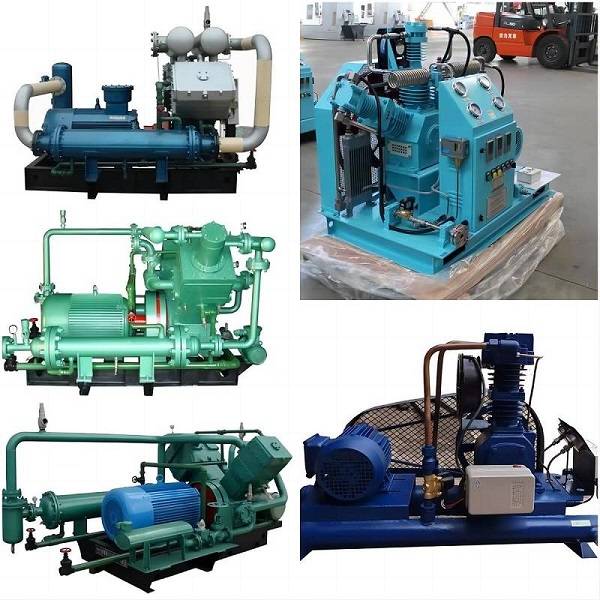
Pressure Requirements:
Another key difference between O₂ boosters and N₂ boosters is the pressure requirements for each gas. Oxygen gas typically requires higher pressures than nitrogen gas, which means that O₂ boosters need to be designed to handle higher pressures. N₂ boosters can typically generate lower pressures than O₂ boosters, which means that they may not be suitable for applications that require very high pressures.
Flow Rates:
The flow rate of a gas booster is another important consideration when selecting the right booster for a specific application. O₂ boosters typically have higher flow rates than N₂ boosters, which means that they can deliver more oxygen gas per unit of time. However, this also means that O₂ boosters may require more energy to operate than N₂ boosters.
Efficiency:
Finally, the efficiency of a gas booster is an important consideration when selecting the right booster for a specific application. O₂ boosters are typically more efficient than N₂ boosters, as they can generate higher pressures with relatively low power input. However, the efficiency of a booster will depend on several factors, including the design of the booster and the specific application.
Considerations for Choosing the Right Booster:
When selecting the right booster for a specific application, there are several factors to consider. These include the type of gas being boosted, the pressure requirements, the flow rate, and the efficiency of the booster. It’s also important to consider any safety hazards associated with the gas being boosted and to choose a booster that is designed to handle the specific gas and application.
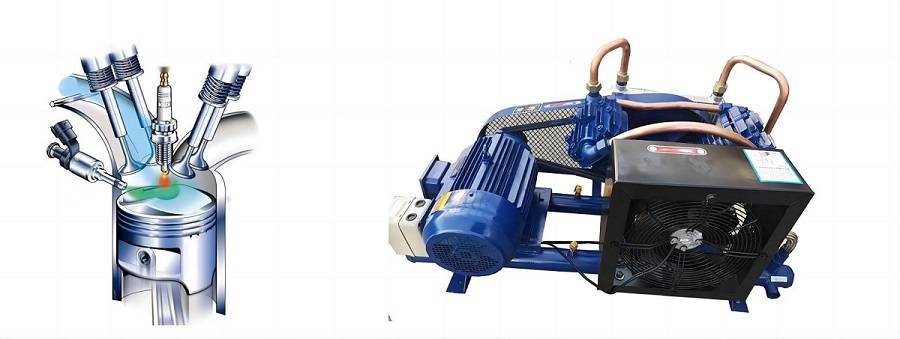
Conclusion:
O₂ boosters and N₂ boosters are both important tools for generating high-pressure gases in a variety of industrial and commercial applications. While the two types of boosters share some similarities, there are also important differences that must be considered when selecting the right booster for a specific application. By understanding these differences and considering the specific needs of a given application, it’s possible to choose the right gas booster pump for optimal performance and safety.

